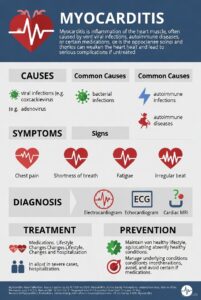Upper Gastrointestinal Bleeding
- Each year, 300,000 hospital admissions for UGI bleeding
- Approximately 60% of patients are older than 65 years
- Mortality rate has been 6% to 13% for past 45 years
Etiology and Pathophysiology
- Most serious loss of blood from UGI characterized by sudden onset
- Insidious occult bleeding can be a major problem
- Severity depends on bleeding origin
- Venous
- Capillary
- Arterial
- Types of UGI bleeding
- Obvious bleeding
- Hematemesis
- Bloody vomitus
- Appears fresh, bright red blood or “coffee grounds”
- Melena
- Black, tarry stools
- Caused by digestion of blood in GI tract
- Black appearance—due to iron
- Hematemesis
- Occult bleeding
- Small amounts of blood in gastric secretions, vomitus, or stools
- Undetectable by appearance
- Detectable by guaiac test
- Obvious bleeding
Massive UGI Bleed
- Massive upper GI hemorrhage is defined as 1500 mL of blood
- Of patients who have massive hemorrhage, 80% to 85% spontaneously stop bleeding
- Cause still must be identified and treatment started immediately
Common Causes of UGI Bleeding
- Esophageal origin
- Chronic esophagitis
- GERD
- Mucosa-irritating drugs
- Smoking
- Alcohol use
- Mallory-Weiss tear
- Esophageal varices
- Chronic esophagitis
- Stomach and duodenal origin
- Peptic ulcer disease
- Bleeding ulcers account for 40% of cases of UGI bleeding
- Drugs
- Aspirin, NSAIDs, corticosteroids
- Stress-related mucosal disease (SRMD)
- Also called physiologic stress ulcers
- Most common in critically ill patients
- Severe burns, trauma, or major surgery
- Patients with coagulopathy on mechanical ventilation
- Peptic ulcer disease
- Drug-induced origin
- Corticosteroids
- Nonsteroidal anti-inflammatory drugs (NSAIDs)
- Salicylates
- Systemic disease origin
- Blood dyscrasias (e.g., leukemia, aplastic anemia)
- Renal failure




